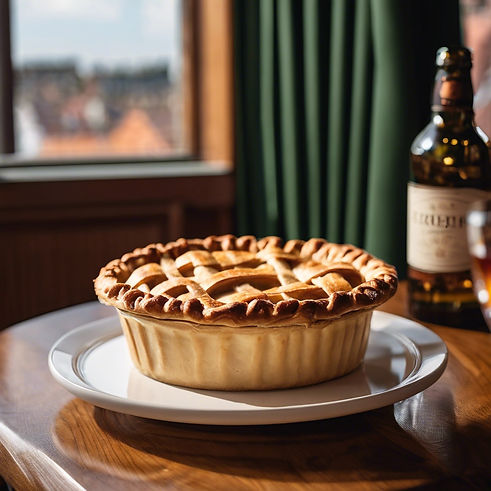EXPLORE THE ESTATE
The Netherley Hall Estate sits in the Malvern Hills Area of Outstanding Natural Beauty, famed for pure spring water and a stunning landscape of ancient woodland, rolling pastures and wild, open commons. In addition to the many attractions nearby the Estate itself offers a host of activities.

All our guests have privileged access to facilities on the Estate including our tennis court and gym. Whether you are looking for an outdoorsy experience or just a relaxing break, you have everything on your doorstep at Netherley.
Looking for inspiration? Check out our handy guide to planning a self catering holiday in the Malvern Hills.
PLACES TO EAT
Malvern's food scene is developing all the time, with exciting places to eat in both Malvern town and the surrounding areas. Here are some of our favourites.
Faun (££)
A great brunch spot, Faun is an independent, family-owned bakery, coffee shop and kitchen, celebrating seasonal and local produce from the wilds of Herefordshire, Worcestershire and the neighbouring counties.
The Oak at Staplow (££)
The Oak Inn, Staplow is a traditional country pub and restaurant near Ledbury, Herefordshire, with good country fayre for families. Make sure to book early as there is limited capacity.
The Cottage in the Wood (£££)
4-star boutique hotel with restaurant. The award-winning restaurant serves high quality, locally sourced, modern British cuisine from breakfast to lunch, afternoon tea and evening meals.
Madresfield Butchers & Grill (£££)
The Madresfield Butchers and Grill restaurant opened in February 2024. The restaurant is in the centre of Malvern and serves farm-to-table produce from the local Madresfield Estate.
(www.madresfieldbutchersandgrill.co.uk)
The Inn at Welland (£££)
Award winning restaurant with a Michelin Bib Gourmand and views toward the Malvern Hills. This is a great spot for couples or families and is quite close to the Three Counties Showground.

THE LOCAL AREA
Walks in the Hills
The Netherley Hall Estate is situated right in the foothills of the Malverns. The Worcestershire Beacon, the highest point in the Malvern Hills, is accessible by foot from your estate cottage and offers awe-inspiring views across Herefordshire and towards Wales. There are routes accessible to inexperienced walkers as well as more seasoned hikers.
The Three Counties Showground
The Three Counties Showground was established to promote agriculture, horticulture and food production in the counties of Herefordshire, Gloucestershire and Worcestershire. It organizes a host of events throughout the year and is easily accessible from the Estate.
Ledbury
The town of Ledbury is just 7 miles from Netherley and offers a host of fashionable shops, boutiques and restaurants. Stroll Ledbury’s historic streets, cobbled lanes and tiny alleys to find heritage highlights, from the distinctive Market House to the 16th century Painted Room.
Eastnor Castle
Eastnor is a 19th century castle just outside Ledbury. In addition to the beautiful architecture, there are landscaped gardens, the Land Rover experience and an adventure playground. Great for kids and grown-ups alike.
Looking for more things to do? Check out our top 10 things to do in the Malvern Hills.







